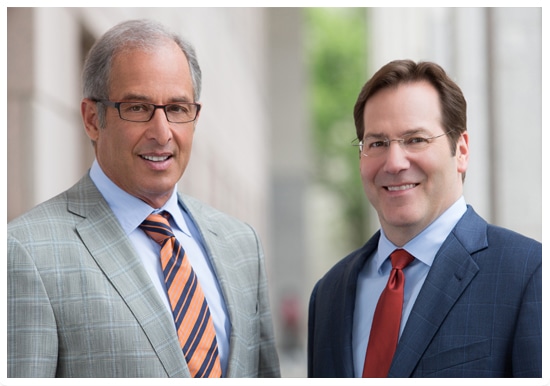“Black Boxes” Now Required for Commercial Vehicles
The new highway-funding bill signed by President Obama in July 2012 includes a mandate aimed at making America’s roadways safer: the requirement that commercial carriers install Electronic On Board Recorders (known colloquially as “EOBRs,” “black boxes” and “tattle boxes”) in their vehicles beginning on October 1, 2012. Legislation requiring EOBRs was introduced following Congress’ updating of federal hours-of-service (HOS) regulations earlier this year.
The version of the funding bill passed in the House of Representatives in late July removed the Department of Transportation appropriation that would have helped supplement the cost of implementing the new EOBR requirement. The Federal Motor Carrier Safety Administration estimates that the installation of an EOBR could run approximately $1,600 for each vehicle, and estimates on monthly monitoring costs will run between $35 and $60 per month per vehicle.
While some trucking industry groups – like the American Trucking Association and the Owner-Operator Independent Drivers Association – agree with the premise of using EOBRs to ensure HOS compliance and encourage drivers to behave in a safe manner, they are concerned that the costs associated with the installation and monitoring of EOBR devices could drive smaller carrier companies, especially those with only one or two trucks, out of business.
What Is an EOBR?
Though there are different types, the EOBRs in commercial vehicles can be programmed to perform a variety of functions including:
- Tracks the vehicle’s mileage.
- Ensures driver compliance with mandatory rest periods by keeping a digital record of when the vehicle is moving.
- Prevents “driver log fraud” where a driver could falsify his or her driving hours in the logbook in order to make additional deliveries and earn more money.
- Records maintenance performed on the vehicle.
- Provides a way to track the vehicle through global positioning/satellite technology.
- Tracks violations of traffic laws prohibiting speeding by keeping a record of the truck’s speed.
- Allows for re-creation of a vehicle’s path and driver behavior prior to or immediately following an accident.
It is the government’s hope that EOBRs will make roadways safer by encouraging truckers to behave in a responsible manner by watching their speed, getting adequate rest and properly maintaining their vehicles. Since the new EOBR mandate is not yet effective, the true impact the devices will have on decreasing our country’s annual truck accident rates remains to be seen. If you or a loved one has been injured in a trucking accident, speak with a skilled personal injury attorney in your area to learn more about possible legal action.

At Warren & Kallianos, we believe in the importance of working directly with our attorneys, Jeff Warren and Chris Kallianos. When you work with our firm, Jeff and Chris are always accessible to you throughout the progress of your case.
Read more about Warren & Kallianos, PLLC
